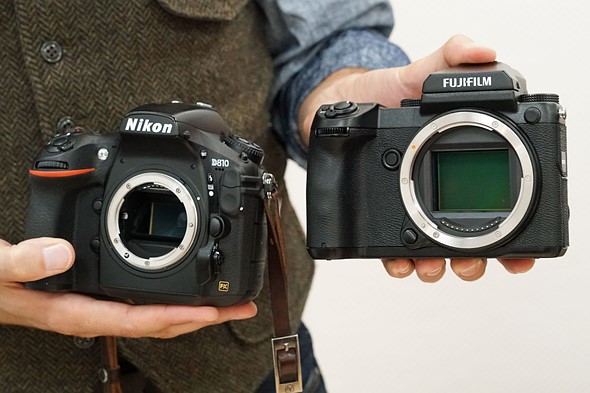Jeff,
I would be surprised if the MF Fuji's sensor were noiser than the 24 MP one in the recent X-series cameras. If so, shooting at ISO 3200 should be a snap. Is that not sensitive enough?
Joe
Hey Joe,
Given the tool isn't designed for available-light, low-light, type situations, fully understood, but also rules are meant to be broken (otherwise why would we be building a very compact, mirrorless MF camera?).
When I first saw the ISO 6400 files out of an X-Pro1, it was like a revelation (for me and many others) because this was the first time that high ISO didn't reak of digital junk-nasty-pants.
Having owned the XE-1 and now the XT-1, I can rightly say that the high ISO stuff is amazing, and when you know it really well, you do start to see some smushiness and garbage on anything north of ISO 1000. Not complaining just worth noting. I really try to shoot 800 or below, but will gladly shoot 1600, or 3200, or if needed, 5000.
My point is that there is something I very much enjoy about shooting wide open in very dim situations--it's not about whether or not this is a "correct" shooting mode for portraiture, street, or anything else (read: kids while they sleep) but rather it's a freedom that I haven't had before that I really enjoy exploring. IN most of these situations I'm between ISO 1600-3200 and typically between 1.4-1.8 or 2.
The other companies' high ISO has now caught up, and surely bested FUJI's performance in this regard (Sony, as much as I don't like the feel of their cameras, has high ISO qualities that are amazing to behold) and although the XT-2 is a step-up in this regard, it doesn't reach that much beyond where they were 4-5 years ago. (significant, I'll grant you).
Now don't get me wrong, I'm not trying to bitch and moan at all. I'm just purely curious about whether or not the high-iso benchmark of this new MF camera will be a significant leap forward, and while shooting at F2.8, allow a guy like me to use it (again, in the way it's not meant to be used, but why not) at, say, an ISO10,000 and look really wow or not.
I'm asking because obviously one of Fuji's strengths was to reinvent high-ISO and I'm wondering if it will happen again. that's all.



